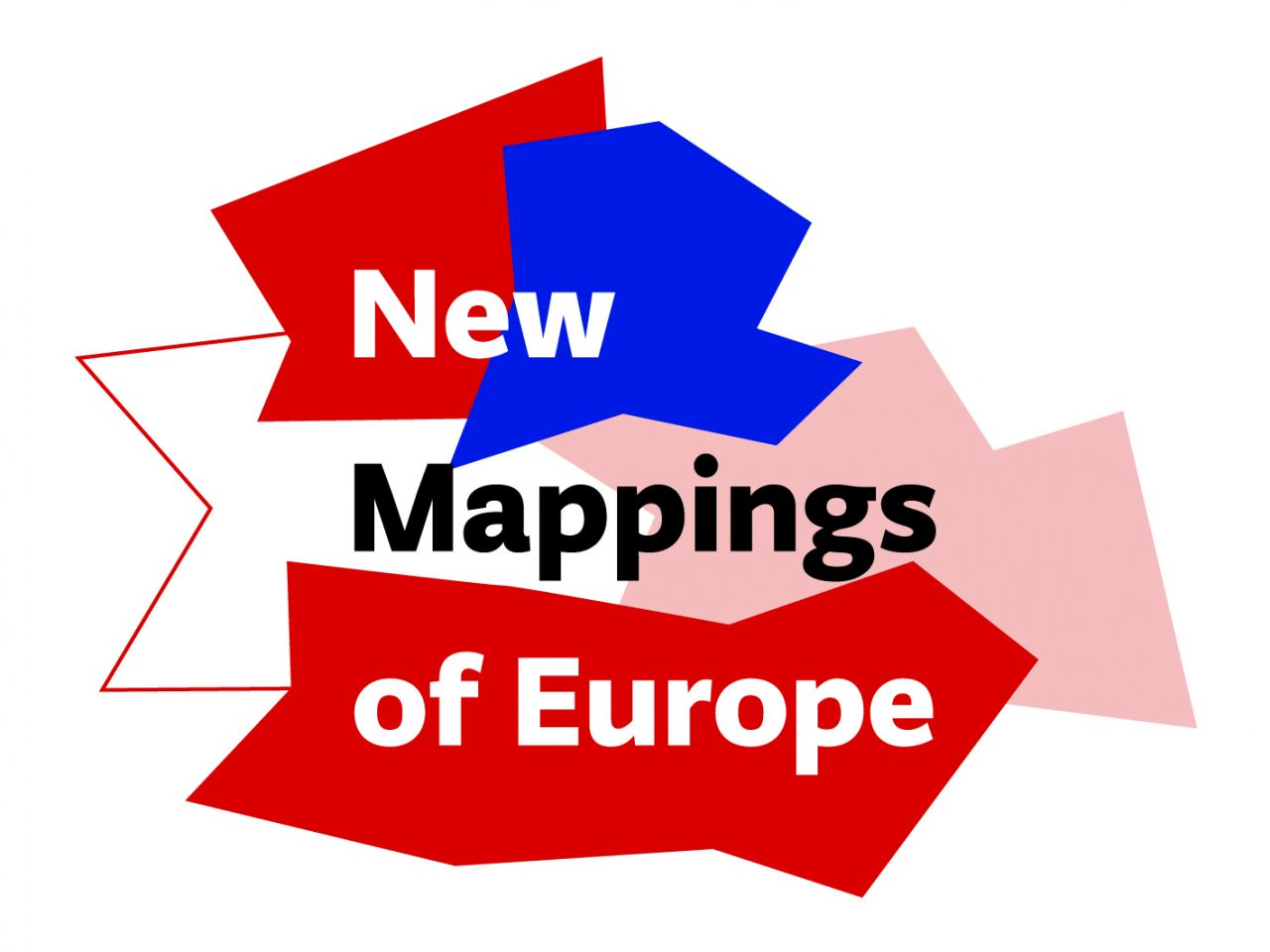+KANTINA LECTURES
Migrations in Time and Space
In recent years, Discussions about migrations have been marked by the so-called refugee crisis as the media have dubbed the more numerous than usual border crossings in 2015. The word migration thus conjures up images of endless caravans of people from the Middle East, the militarized responses of the EU states, and social polarization and the rise of hate groups. Migrations have become a synonym for an emergency situation. The point of view that presents the mass migrations of 2015 as an extraordinary natural disaster that states must control by all means deflects from a true understanding of this multilayered process. Mass migrations of people from region to another have a complex history and are inextricably entwined with global economic processes that equally affect the local populations and the migrants.
Phenomena such as the migrations of refuges in 2015 are hard to process without understanding the origins of our borders, what this meant for the population and in what way also the inhabitants of Slovenia are included in the global processes of migration. The “Migrations in Time and Space” series of lectures will focus on the regional conditions in the areas near the borders and try to put the local history of the immigration and emigration of Slovenes in the global context.
Tuesday, 19 February 2019, at 6 p.m.
Božidar Flajšman
The History of Wire – How Bela krajina (The White Carniola) became a border zone
The public perception of Bela krajina has been marked by the wire on the border, a subject of far more debates than the economic and social issues that this cut-off region has been grappling with for many years. A closer look reveals that it was this creation of a “border between the East and the West” that greatly contributed to cutting this region off the rest of the country, despite its rich history of both trans-border connections and mass emigration. The author of the master’s thesis “Living by the Wire: socioeconomic consequences of the wire fence in Bela krajina” Nika Gračner has analyzed in detail the situation in her home region, which will help us understand the background of the current political situation.
The lectures are organised as a part of New Mappings of Europe project. New Mappings of Europe is a two-year collaborative project of four different art and cultural institutions from Serbia, Slovenia, Austria and the United Kingdom, which will generate knowledge about the migrants' cultural heritage in Europe and make cultural and art institutions more accessible to local communities of migrants of the first and second generations as well as to the new communities of asylum seekers and refugees. The project will consist of co-curated exhibitions, accompanied by a rich public mediation programme, artist residencies, a common web platform, and an international conference. The aim of the project is twofold: on the one hand to deal with past phenomena related to migrations, and on the other, to link these phenomena to current migrations. In order to do so successfully, it is necessary to collaborate on a transnational level.
 |
 |